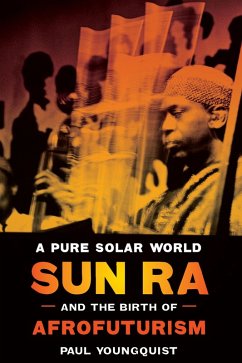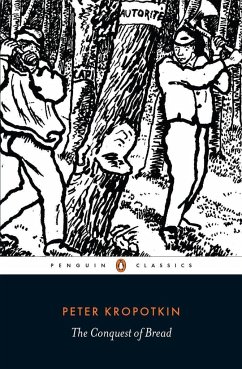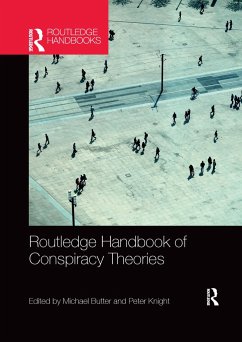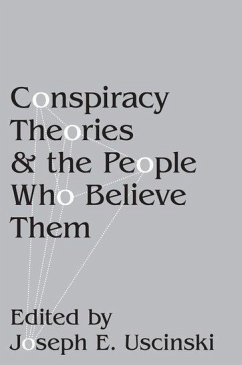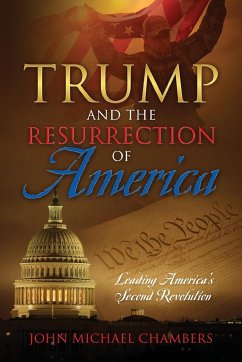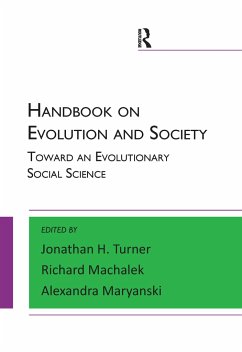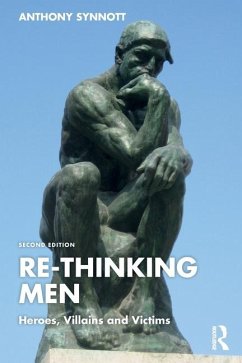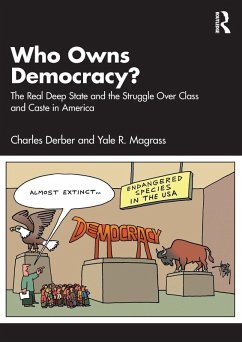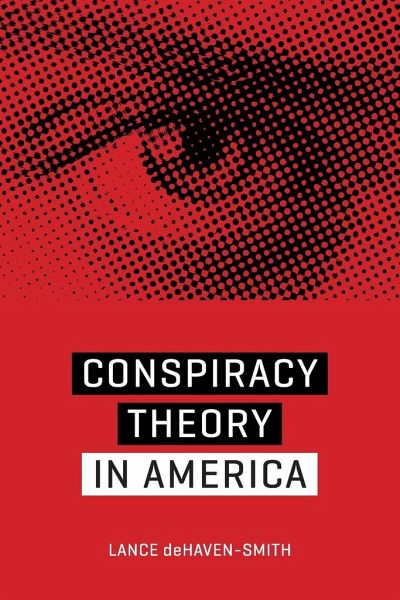
Conspiracy Theory in America

PAYBACK Punkte
11 °P sammeln!
States that the term "conspiracy theory" entered the American lexicon of political speech to deflect criticism of the Warren Commission and traces it back to a CIA propaganda campaign to discredit doubters of the commission's report.
Dieser Artikel kann nur an eine deutsche Lieferadresse ausgeliefert werden.




